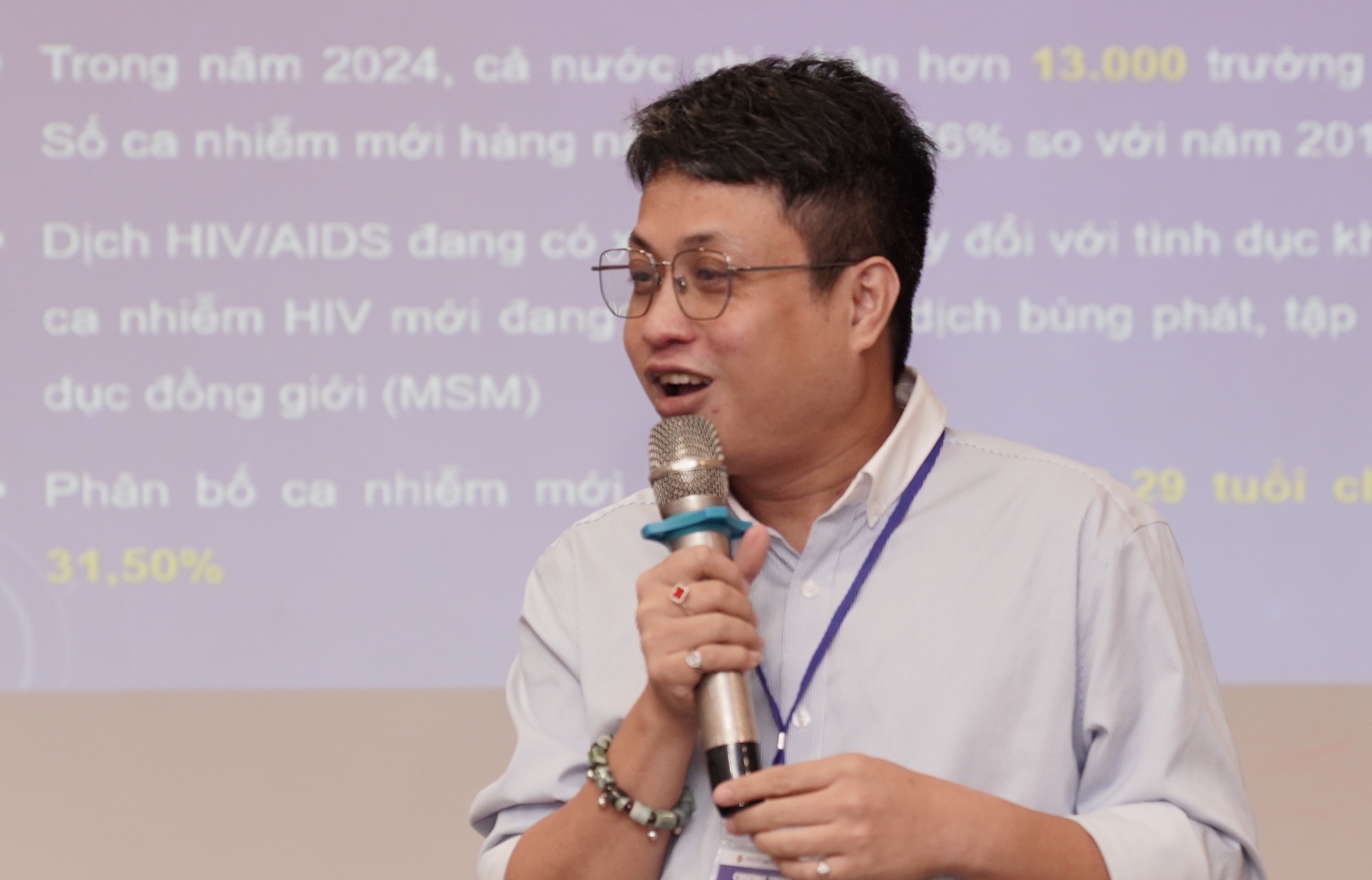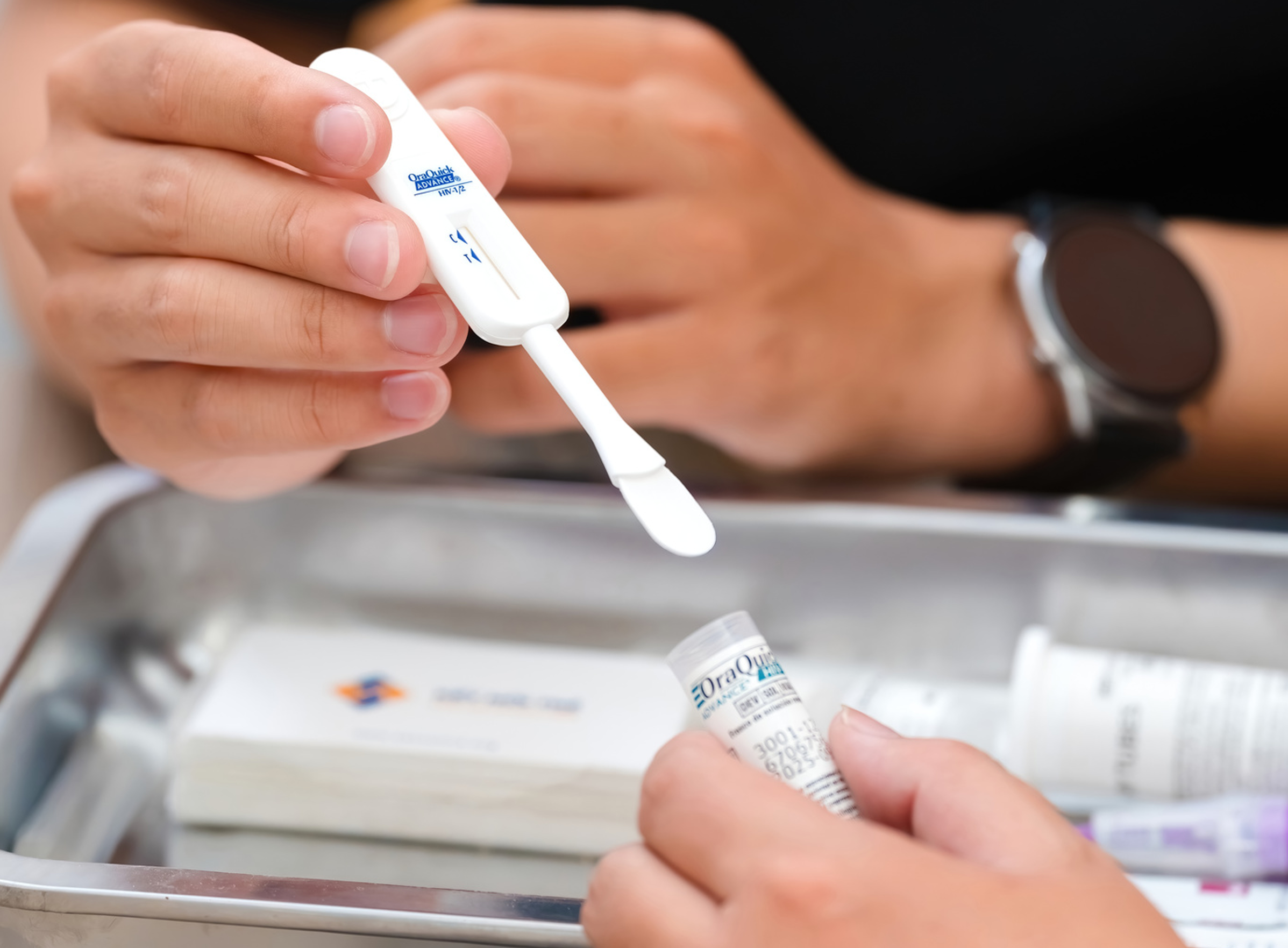"HIV-related stigma persists, preventing many from getting tested, disclosing their status, and seeking timely treatment," said Doctor Nguyen Tan Thu of the Ho Chi Minh City HIV/AIDS Prevention Association at a training program on September 13. The program focused on promoting interdisciplinary collaboration between healthcare, media, and the community to communicate about HIV/AIDS without stigma.
In the early 1990s, when HIV/AIDS first emerged in Vietnam, it was considered a death sentence, "the disease of the century," and a social ill. Life expectancy after diagnosis was short. By the 2000s, antiretroviral (ARV) drugs transformed the landscape. HIV became a manageable chronic illness. Those infected could live healthy lives, work, and have children.
Yet, due to misinformation, many still harbor prejudices, believing HIV is easily transmitted and fearing close contact or sharing belongings. In reality, the virus is transmitted through blood, sexual contact, and from mother to child without treatment. The Ministry of Health affirms that HIV is a manageable chronic condition, even achievable "functional cure," allowing those infected to live normal lifespans.
 |
Doctor Thu speaking at the September 13 event. Photo: Tong Nam |
Doctor Thu speaking at the September 13 event. Photo: Tong Nam
"We have the medical tools to control HIV. The biggest obstacle isn't medication, but stigma and lack of information," Doctor Thu said.
Comprehensive prevention measures are available, including ARV drugs that eliminate transmission risk for those infected and PrEP for high-risk groups. Health insurance covers most treatment costs. However, stigma still deters many from testing. Those infected hesitate to disclose their status, while the uninfected avoid learning more due to perceived sensitivity. This silence hinders the effectiveness of readily available tools.
As of June 2025, Vietnam has recorded over 267,000 HIV infections, with over 250,000 people living with HIV and 116,000 cumulative deaths. In 2024, over 13,000 new infections were reported, half the number in 2010, but still significant. Unprotected sex is the primary transmission route, concentrated among men who have sex with men (MSM), with a concerning trend towards younger demographics: over 37% of new infections are among those aged 16-29.
 |
HIV testing. Photo: Tong Nam |
HIV testing. Photo: Tong Nam
According to Doctor Thu, while Vietnam has made progress, the goal of ending AIDS by 2030 faces challenges. The 95-95-95 targets for diagnosis, treatment, and viral suppression through ARV haven't been met. Currently, nearly 183,000 people receive ARV treatment, mostly covered by health insurance. The PrEP program is expanding rapidly, with tens of thousands of participants, mainly MSM. The fear of judgment prevents many from getting tested, leading to late diagnosis, missed opportunities for early treatment, and increased community transmission.
"Ending AIDS requires eliminating stigma and discrimination. Crucially, everyone must be empowered to get tested, receive treatment, and live healthily without hiding," he said.
Le Phuong












